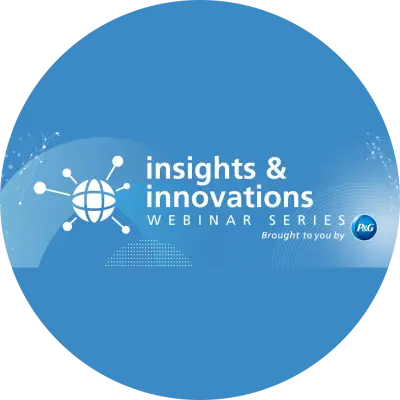
Exploring the Microbiome and Common Misconceptions with Jay Tiesman
January 26, 2024
Developing personal care products requires deep knowledge of the human body on a cellular level, and P&G has spent decades exploring the human microbiome—from the scalp, to the skin, to the mouth, and the gut.
In fact, we’re leveraging the growing field of multi-omics to learn how ingredients work with the microbiome on a molecular level, leading to better products and experiences for consumers. For example, Olay’s popular Super Serum was developed after scientists discovered the positive effects of activated niacinamide, which works quicker than its un-activated counterpart. And we don’t stop at beauty, we’ve also examined the microbial cause of odor to inform deodorant formulation and the scalp microbiota associated with dandruff, to name a few.
Jay Tiesman, PhD, a P&G R&D Research Fellow, and his team of microbiome-focused scientists understand the excitement around the topic. And let’s face it, sometimes that excitement is paired with confusion, among consumers and scientists alike. He and other industry experts address common misconceptions in January’s edition of Cosmetics & Toiletries.
A few Key Takeaways from Jay:
Scientists have studied the microbiome for decades. It’s the modern tools we’re using to study microbiota, like metagenomics and metatranscriptomics, that have quickly evolved over the last few years.
Sequencing can’t be truly unbiased. Each step of sequencing introduces bias, from sample collection to data analysis, and should be considered at or before the experimental design phase.
Consider the need for scientific standards versus standardized methodologies. While standards are necessary to examine how close experiments are to reality, an optimal approach to exploring the microbiome has yet to be uncovered. Groups like the NIST’s International Microbiome and Multiomics Standards Alliance are working to outline best practices as the field evolves.
Jay has been exploring genomics and metagenomics since he joined P&G in 1993. In addition to developing new ingredients and products, Jay has earned two “Publication of the Year” honors from the Faculty of 1000 for his contributions to the field. Today, he collaborates with scientists in academia and biotech as a member of many academic, governmental, and industrial organizations, and scientific advisory boards.
Read more about how we’re applying our expertise in BioScience to product development.




